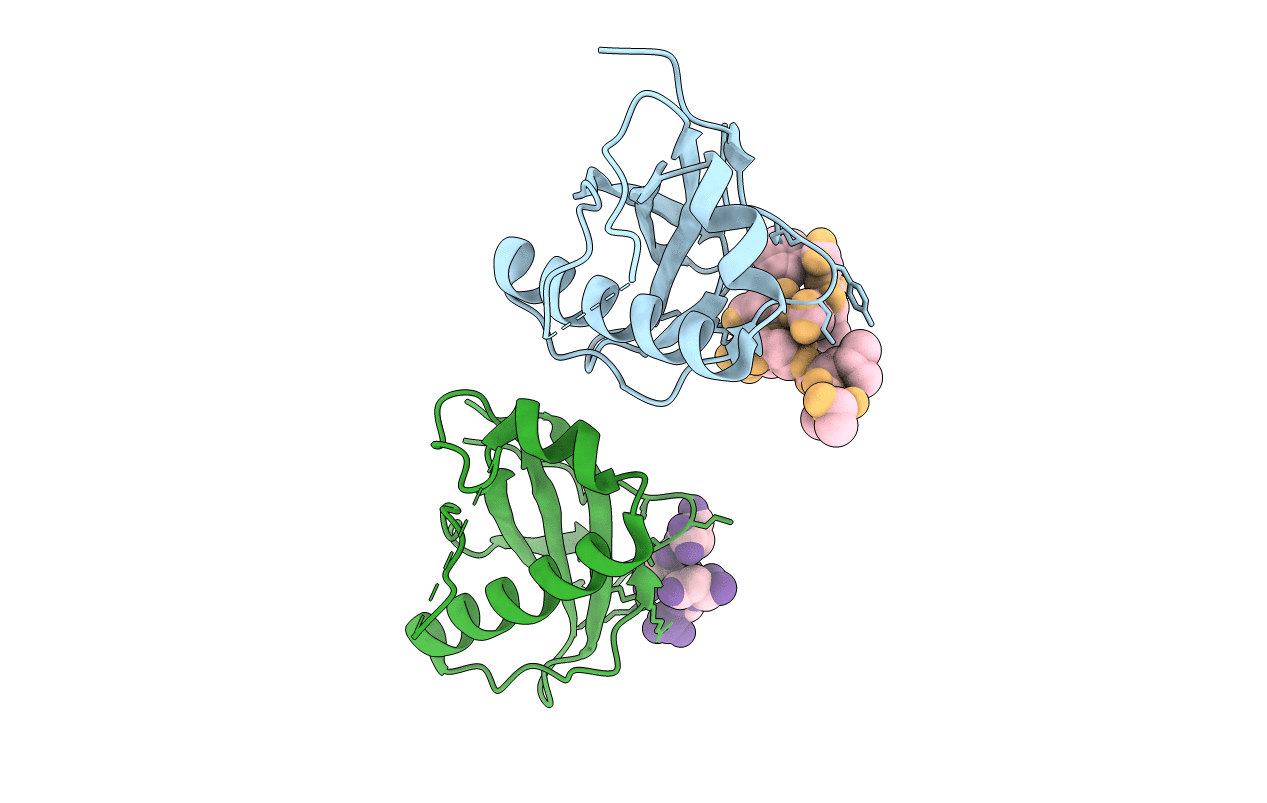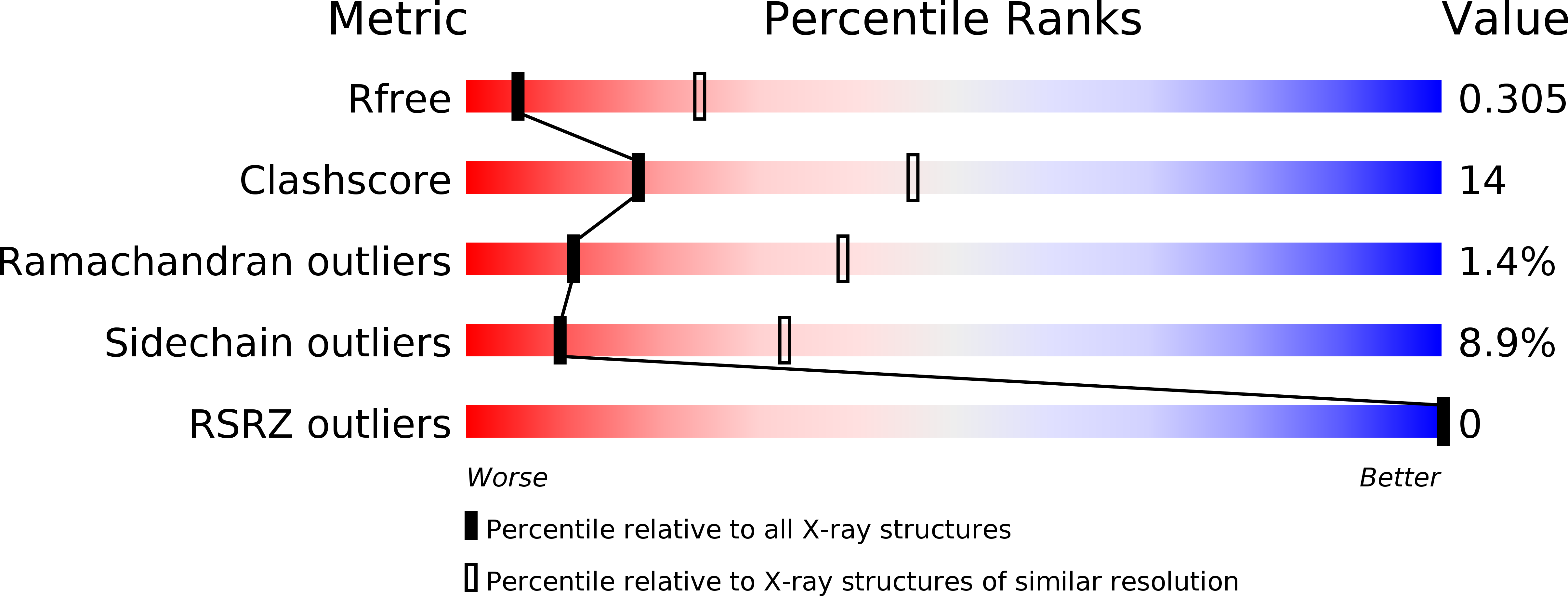
Deposition Date
2014-03-07
Release Date
2014-05-14
Last Version Date
2024-10-23
Method Details:
Experimental Method:
Resolution:
3.30 Å
R-Value Free:
0.30
R-Value Work:
0.21
R-Value Observed:
0.21
Space Group:
P 21 21 21


